The award-winning WILDGuides collection is a series of comprehensive and practical natural history titles. Ranging from photographic field guides covering the wildlife of Britain, Ireland and Europe, to visitor guides and reference works on wildlife across the world, this authoritative, easy-to-use series contains some of the best identification guides to date.
Robert Still is the co-founder and publishing director of WILDGuides, and has contributed to more than sixty titles in the series. In his spare time, he is a prolific natural history author, ecologist and graphic artist. We recently had the opportunity to speak to Rob about the WILDGuides collection, including how each volume is produced, which titles are due to be published over the next few years and more.
Firstly, can you tell us about the history of WILDGuides and how the collection came to be?
I (Rob) had been working as a designer, using photoshop and producing somewhat rudimentary montages and cutouts for adverts since 1991. When the programme’s features really took off in the late 90s, my thought was whether these new capabilities could be used to produce ‘best birding’ moments, such as idealised scenes of multiple tanagers in the same tree, or a Sueda bush chock full of vagrant Phylloscopus.
From there, it was a short transition to figuring out if the technology could be used for field guides – hence the birth of WILDGuides, which started with a guide to Galápagos wildlife by Andy Swash published in 2000, followed relatively quickly by Whales and Dolphins of the European Atlantic (2001) and Britain’s Butterflies (2002) – this covered a relatively small number of species and all were easy to cut out. Britain’s Dragonflies (2004) followed and was the first book written by Andy prior to the expansion into the other taxa groups as seen today, alongside multiple evolutions/editions of the first titles.

For anyone unfamiliar with the collection, how would you describe them, and who are they intended for?
The books are intended for anyone who wants to put a name to something they encounter in the field. I would describe them as a guided, primarily photographic pathway that hopefully helps in that process.
Each work in the collection is a passion project of dedicated scientists, conservationists, and researchers. How long does it take to produce a title from start to finish and what kind of work goes into creating them?
It varies a great deal. Some have taken a good 10 years from concept to fruition, others have taken just a couple of years. However, a title typically requires a couple of photography seasons, as a significant number of the images in each book are commissioned and the specific image requirements often don’t come to light until the design process is underway.

How do you decide what makes a good subject for WILDGuides? What are you looking for when creating new volumes?
A good subject is really any group or taxa within a defined region – WILDGuides is looking to work with any experienced specialists to present that group in the WILDGuides way.
One of the strengths of the WILDGuide collection is the use of a unique ‘roadmap’ for each published topic, allowing users to navigate identification, and the book itself. Can you elaborate on the process of these roadmaps, and why you feel they are so important for these guides?
Sure, it is a relatively straightforward process insofar as it is simply the production of an identification pathway from start to finish. This is slightly disingenuous, as on occasion, it can be harder than one might think to unequivocally achieve this. It requires a team that really knows the subject being prepared, who is able to combine their field experience to focus on what really matters in the identification.
Their importance to the guide, I believe, is that they are an amalgamation of this ‘hands-on’ experience and so the pathway is both realistic and pragmatic.
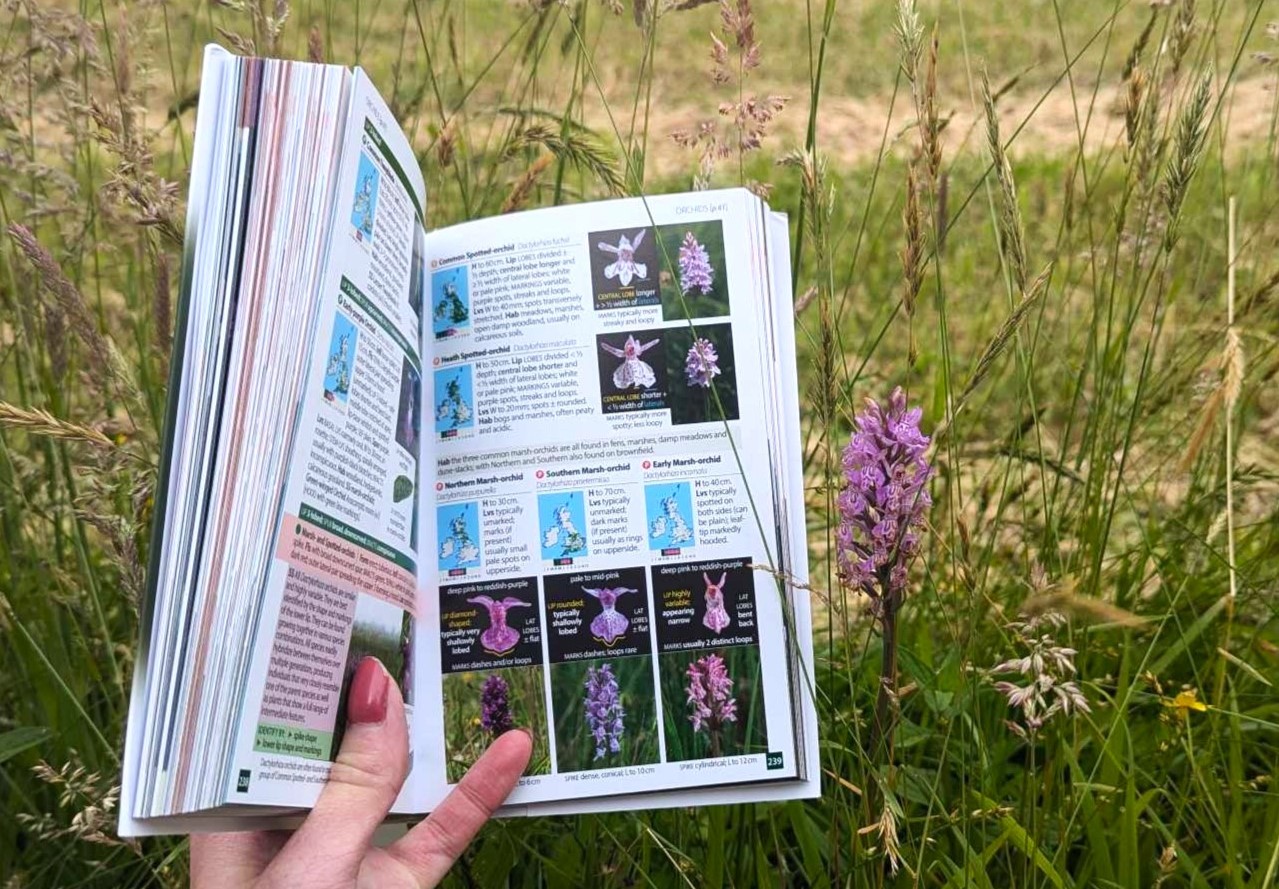
Can you speak on the process of updating editions in the collection?
Obviously, nature is dynamic and lists of taxa within a region change. New, reliable field identification features come to light, improvements are suggested by our users and the exponential rise in available images means that there is now a good chance that better pictures (in terms of quality and showing the key identification points) become available. Consequently, we keep an update file covering all of these areas, and will update these editions when the time is right to do so.
What can we expect from the collection over the next couple of years? Are you able to share any new titles that are on the way?
Yes, the existing collection should improve over the coming years with the feedback and new images mentioned. WILDGuides is also looking to expand the series into other taxa not already covered to match the increasing diversity of species groups that people are looking at, with the hope that more accurate records are sent to organisations managing citizen science databases.
On the near horizon are updates to Britain’s Spiders and, at some stage, Britain’s Birds as well as new titles covering Britain’s Trees, Birds of East Africa and Birds of Madagascar, each in the style of Europe’s Birds. Further down the track we are looking at gaps, particularly in Britain’s series, that are relatively obvious to spot – so if any reader of this piece wants to be a potential part of that expansion, we’d love to hear from you!
Explore the full WILDGuide collection here




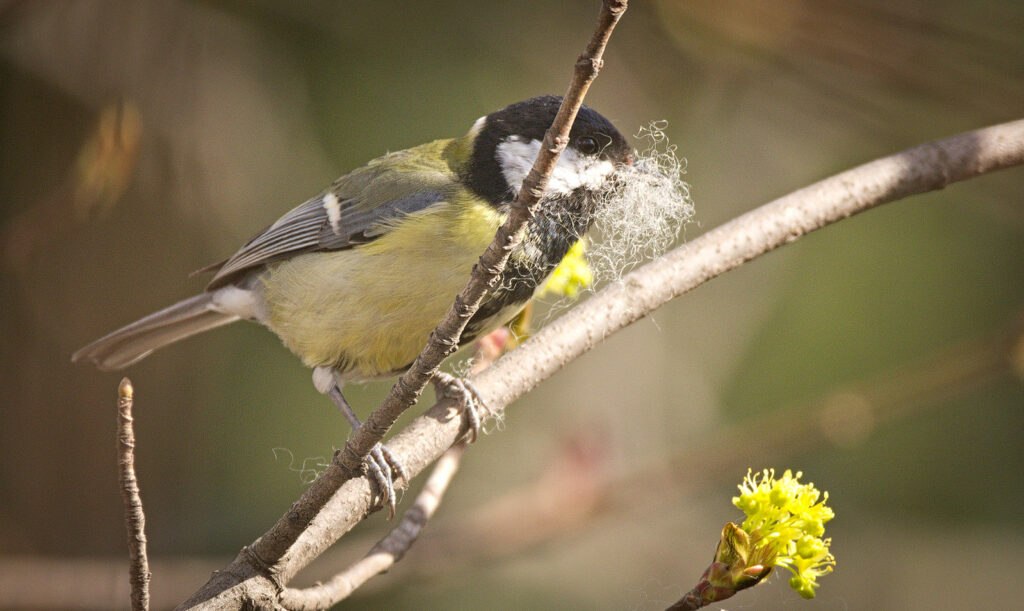




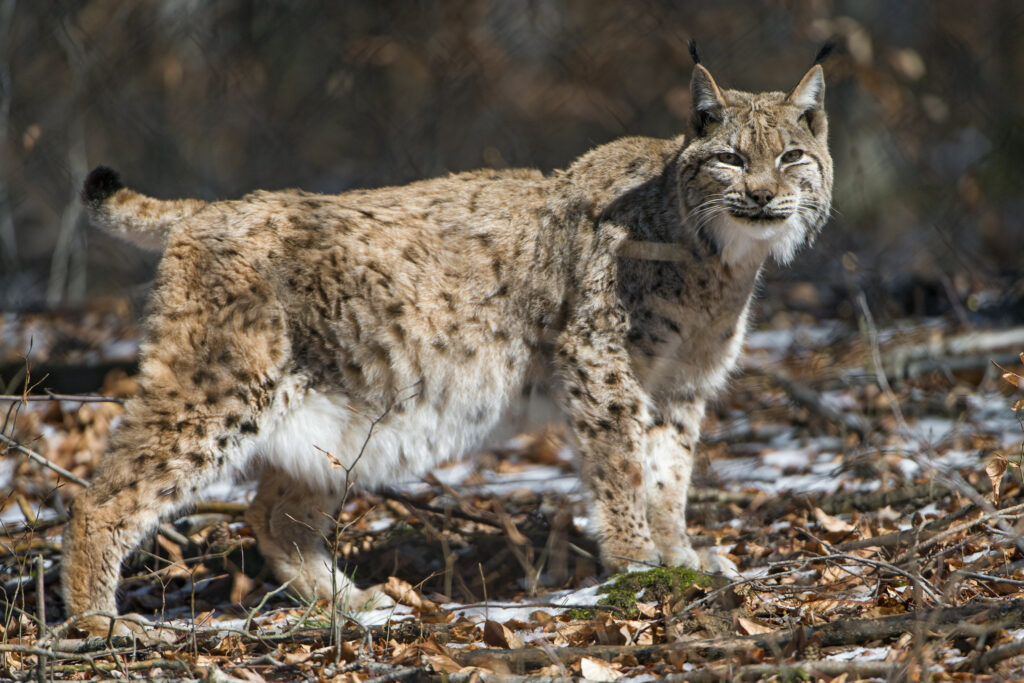




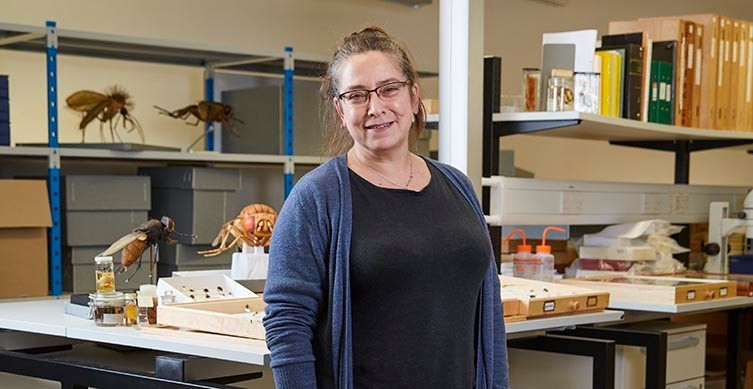



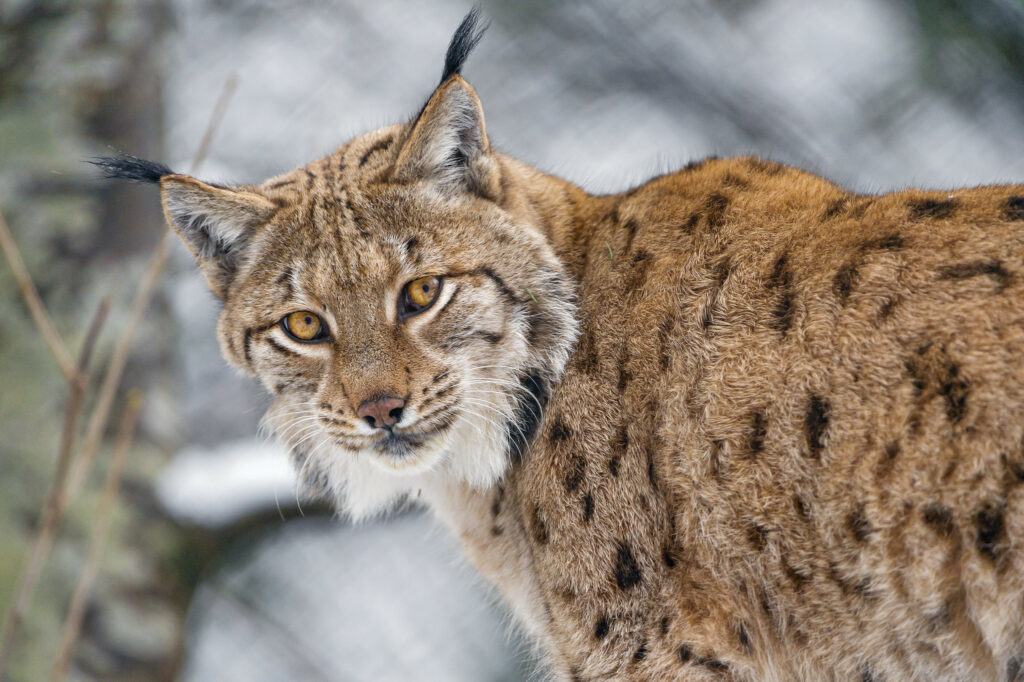




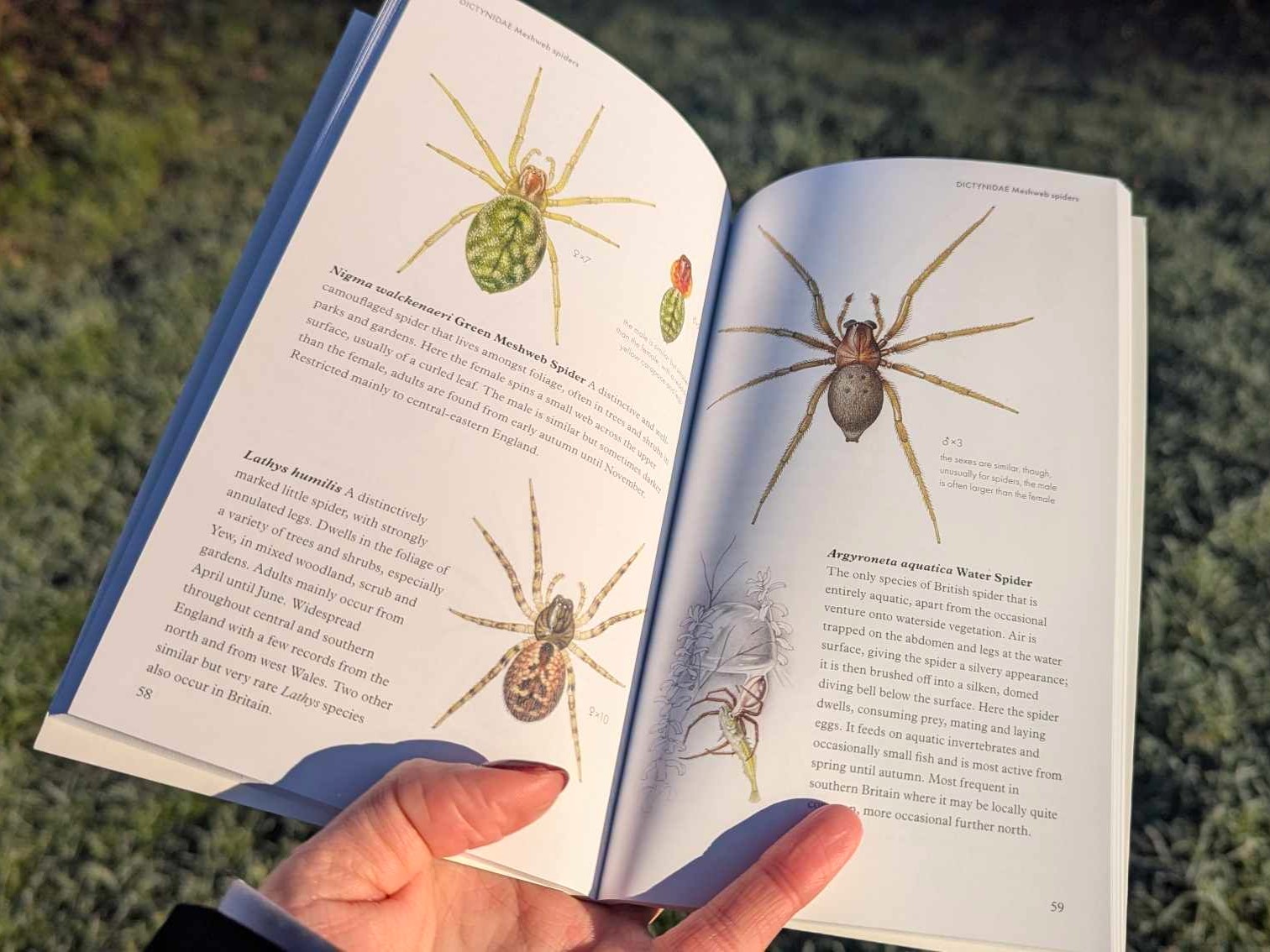

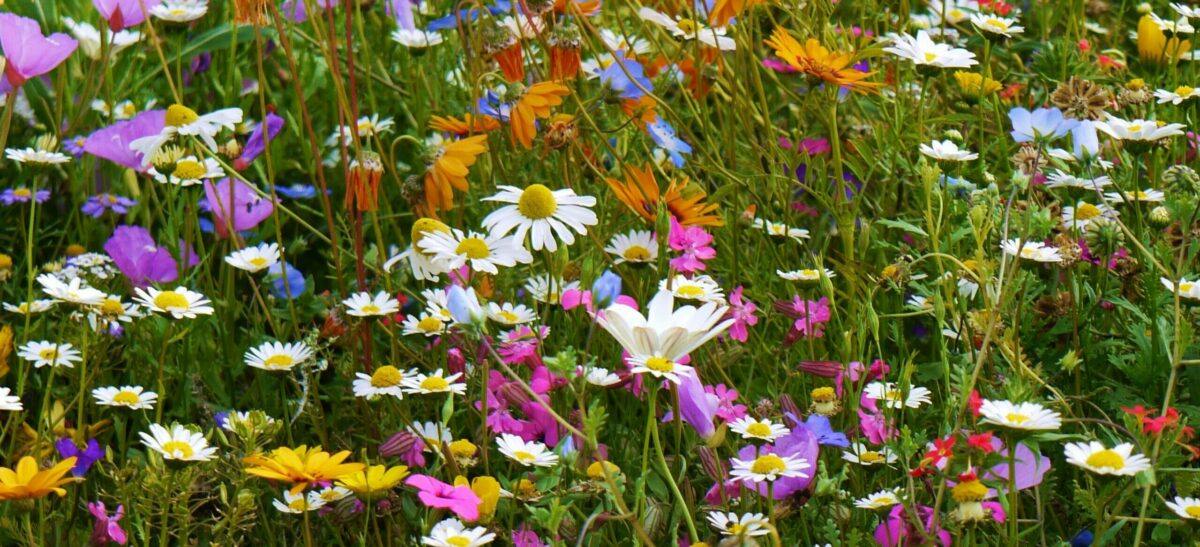








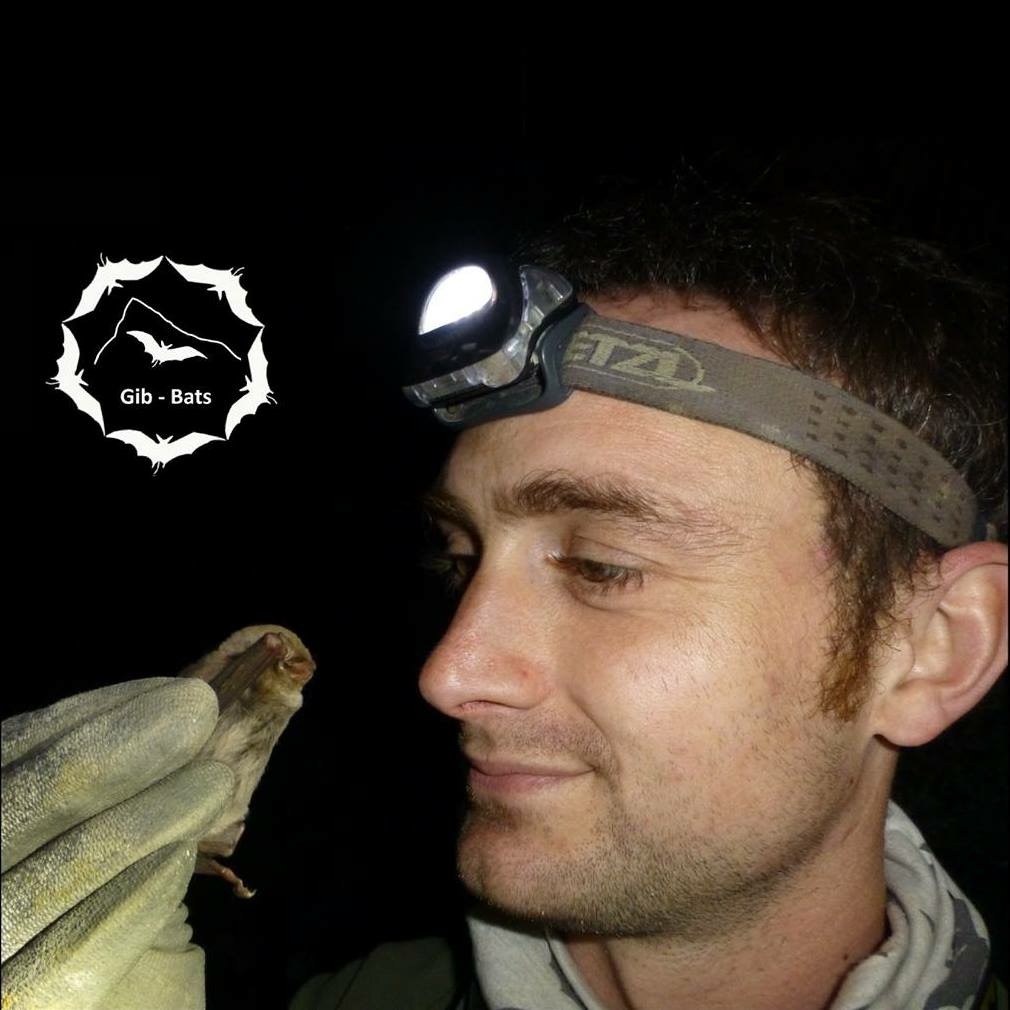


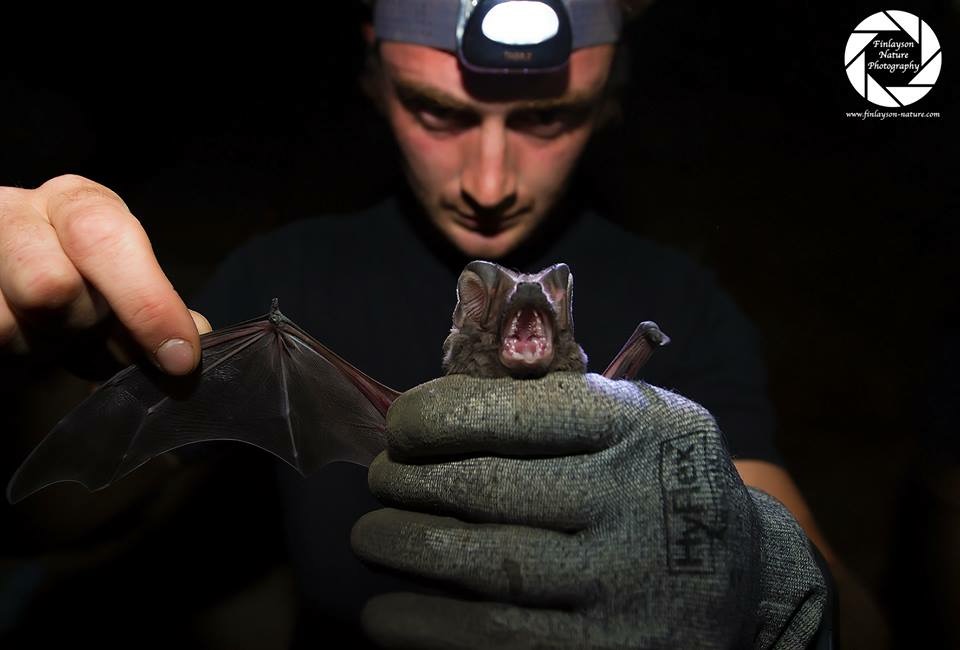




 Taking a step back to compose myself I do, however, have two points of criticism; or, if not criticism, two points I feel have been omitted. First, there is the proximate question of whether trying to save a species at all costs is always the best use of the limited time, money, and other resources available for conservation. Not everybody agrees it is, and e.g. Inheritors of the Earth provocatively argued that island species are evolutionary dead ends, vulnerable to invasion. Are resources better spent on populations that still stand a decent chance? A counterargument could be made that, yes, these attempts *are* worthwhile because we learn how to improve our protocols, techniques, and technologies for the inevitable next extinction. My point is that Lathan does not broach these questions here. I would have loved for him to wrestle with these and put them to his interviewees. Second, there is the ultimate question of what it would take to turn the tide of extinction, of what such a world would look like. I judge him less harshly on this because very few authors seem willing to mention the root causes that got us here. His interviewees gave him several openings at broaching thorny topics that he did not pursue. This is another set of questions where both his views and those of his interviewees could have further enriched the book.
Taking a step back to compose myself I do, however, have two points of criticism; or, if not criticism, two points I feel have been omitted. First, there is the proximate question of whether trying to save a species at all costs is always the best use of the limited time, money, and other resources available for conservation. Not everybody agrees it is, and e.g. Inheritors of the Earth provocatively argued that island species are evolutionary dead ends, vulnerable to invasion. Are resources better spent on populations that still stand a decent chance? A counterargument could be made that, yes, these attempts *are* worthwhile because we learn how to improve our protocols, techniques, and technologies for the inevitable next extinction. My point is that Lathan does not broach these questions here. I would have loved for him to wrestle with these and put them to his interviewees. Second, there is the ultimate question of what it would take to turn the tide of extinction, of what such a world would look like. I judge him less harshly on this because very few authors seem willing to mention the root causes that got us here. His interviewees gave him several openings at broaching thorny topics that he did not pursue. This is another set of questions where both his views and those of his interviewees could have further enriched the book.